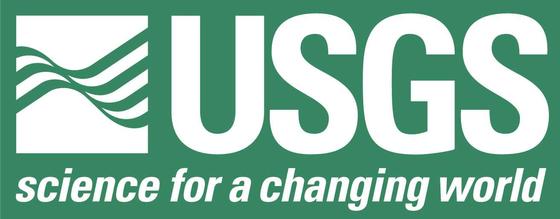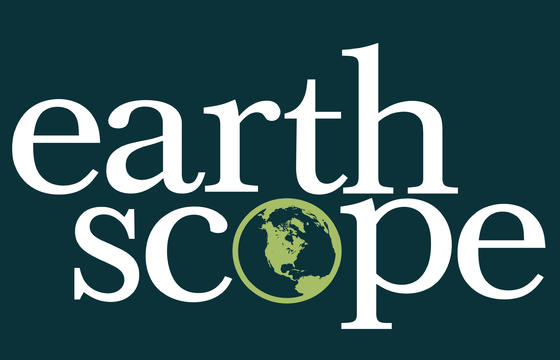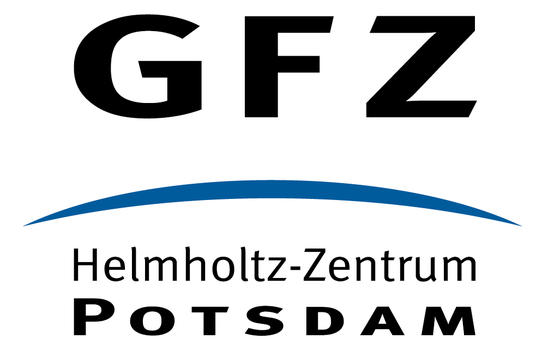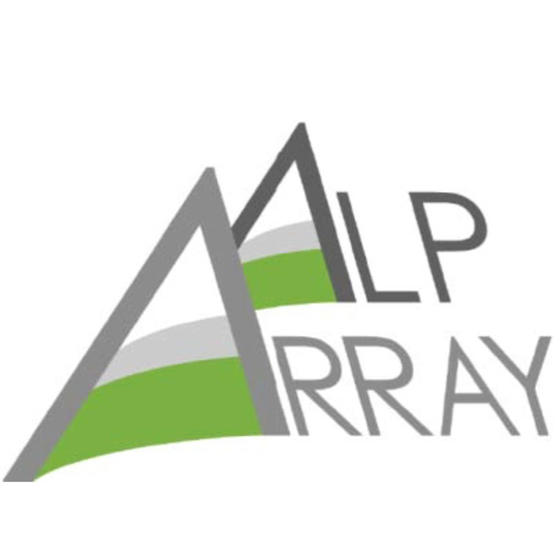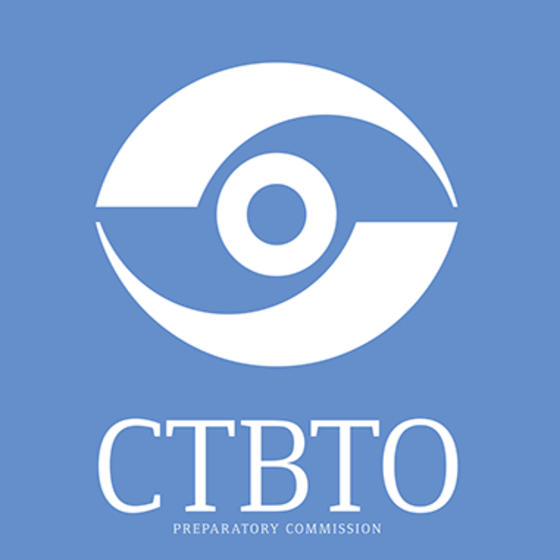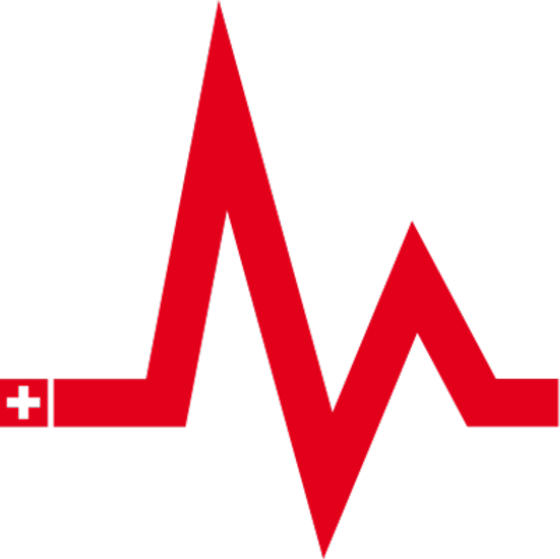GEOSCOPE
GEOSCOPE was the first network to develop broad band digital seismological stations, since 1982 , seizing the opportunity to use the STS1 seismometer.
GEOSCOPE aimed at installing a worldwide network of 25 digital broad band 3-component seismological stations. This program, on the responsability of IPGP (Paris), EOST (Strasbourg) and IRD ( Bondy) saw outside organisations, IPEV, Universities of California, Mexico, Chile, Brasil, CNES, CEA/DASE, USGS/IRIS contributing to install and hold the stations.
Global Seismographic Network
The Global Seismographic Network (GSN) is a permanent digital network of state-of-the-art seismological and geophysical sensors connected by a telecommunications network, serving as a multi-use scientific facility and societal resource for monitoring, research, and education. Formed in partnership among the USGS, the National Science Foundation (NSF) and the Incorporated Research Institutions for Seismology (IRIS), the GSN provides near-uniform, worldwide monitoring of the Earth, with over 150 modern seismic stations distributed globally.
GSN stations are operated by the USGS Albuquerque Seismological Laboratory, the IDA group at UC San Diego, and other affiliate organizations.
This network consists of the best seismic sensors available. 55 stations are already upgraded to STS-6 replacing their ageing KS54000. This update is ongoing.
Earthscope
EarthScope is a several hundred million dollar project of the National Science Foundation (NSF) that has deployed thousands of seismic, GPS, and other geophysical instruments to study the structure and evolution of the North American continent and the processes that cause earthquakes and volcanic eruptions.
The seismic part is covered by the USArray, a program involving the permanent Advanced National Seismic System (ANSS), the Transportable Array (TA) and the Flexible Array.
The ANSS consists of nearly 100 broadband stations in the United States, 80% of them equipped with Streckeisen seismometers STS-1, STS-2 and STS-2.5.
The TA consists of 400 broadband station that were continuously moved over the years. Nearly 2000 locations have been occupied during this program. Mostly STS-2, STS-2.5 and STS-5A have been deployed resulting in a reliability of more than 99% over 10 years!
GEOFON
GEOFON (GEOFOrschungsNetz) is the global seismological broad-band network operated by the German GeoForschungsZentrum (GFZ). The GEOFON seismic network came into being in 1993 as one of the three pillars of the GEOFON program dedicated to Ernst von Rebeur-Paschwitz, proposer of a global earthquake monitoring system, who recorded the first teleseismic seismogram in Potsdam in 1889. The program and its seismic network were created to provide high quality broad-band data for scientific use and foster common standards in the seismological community. The network has evolved towards real-time data acquisition and distribution while keeping the high quality broad-band data in focus. Today the network plays a leading role in global real-time seismology providing valuable data for almost all fundamental and applied global/regional seismological research projects at GFZ and the wider seismological community. The GEOFON network is operated jointly with more than 50 international partners and in 2014 consists of about 80 active stations on all continents, but concentrated in Europe and the Mediterranean region as well as in the Indian Ocean.Allmost all are equipped with STS-2, some with STS-1 and STS-2.5
AlpArray
AlpArray is a European initiative to advance our understanding of orogenesis and its relationship to mantle dynamics, plate reorganizations, surface processes and seismic hazard in the Alps-Apennines-Carpathians-Dinarides orogenic system. The initiative integrates present-day Earth observables with high-resolution geophysical imaging of 3D structure and physical properties of the lithosphere and of the upper mantle, with focus on a high-end seismological array.
Of the 415 permanent and 300 temporary stations 40% are equipped with STS-2 and STS-2.5.
Comprehensive Nuclear-Test-Ban Treaty Organization
The Comprehensive Nuclear-Test-Ban Treaty Organisation (CTBTO), based in Vienna, Austria surveys the ban of nuclear explosions by everyone, everywhere: on the Earth's surface, in the atmosphere, underwater and underground. Among many different kinds of equipment the CTBTO is running a worldwide network of highly reliable seismic stations.
Swiss Seismological Service
The Swiss Seismological Service (SED) at ETH Zurich is the federal agency for earthquakes. Its activities are integrated in the federal action plan for earthquake precaution.
50% of the 64 broadband stations are equipped with STS-2 and STS-2.5.

